In addition to its devastating public health impacts, the COVID-19 pandemic has exacerbated inequality around the world. Poor populations have disproportionately experienced COVID-19 infection while enduring greater financial hardship as a result of lockdown orders and business closures. And despite increasing vaccination rates in many countries, the poor are also often the hardest to reach and the last to receive COVID-19 vaccinations. At the same time, the ability to effectively assist poor populations in many countries remains hindered by the lack of a solid answer to a simple question—where these populations reside.
In many parts of the world, poverty datasets are out of date or exist only at high levels. These data often come from census datasets or other household surveys that may be 10 or more years old. However, there is a strong body of literature that suggests that nontraditional data sources can help fill information gaps on poverty. These nontraditional sources can serve as proxies for where poor people live, whether it be because areas with high smartphone penetration tend to be wealthier, or that areas further away from roads and other infrastructure tend to be poorer.
Over the past four years, Facebook’s Data for Good team and the University of California, Berkeley have been working to develop micro-estimates of wealth and poverty for low- and middle-income countries using nontraditional data. The estimates are built by applying machine-learning algorithms to a range of nontraditional data including satellite imagery, topographic maps, and de-identified connectivity data from Facebook.
Figure 1. How nontraditional datasets help to construct the Relative Wealth Index in low- and middle-income countries
Source: Guanghua Chi, Han Fang, Sourav Chatterjee, Joshua E. Blumenstock. Micro-Estimates of Wealth for all Low- and Middle-Income Countries.
To predict where poor populations live, the research team trains machine-learning algorithms using demographic and health survey data from 56 countries that offer gold-standard household data on a range of health and economic indicators. This approach enables the prediction of poverty in grid tiles that are 2.4 kilometers on a side—a significantly more detailed view into where poor populations live compared to traditional measures.
To ensure the model is accurate, the team validated the predicted Relative Wealth Index (RWI) using four independent sources of household survey data. For example, for each of 15 countries with publicly available census data, they compare the average predicted Relative Wealth Index of each administrative region to the average wealth captured in the census. Across these validations, they find that the model consistently performs very well.
Figure 2. Goodness of fit between predicted Relative Wealth Index and ground truth census datasets in various low- and middle-income countries
Source: Guanghua Chi, Han Fang, Sourav Chatterjee, Joshua E. Blumenstock. Micro-Estimates of Wealth for all Low- and Middle-Income Countries.
Facebook Data for Good and UC Berkeley are now publishing the Relative Wealth Index as a publicly available dataset for low- and middle-income countries in hopes that it can support the delivery of services to the poor during COVID-19, including the distribution of financial assistance and the equitable delivery of vaccines.
The Relative Wealth Index has already been used successfully in the implementation of such programs. Last April, the government of Togo started the Novissi program to help people who had been pushed into poverty as a result of the pandemic. While initially focused on urban centers, they needed new ways to identify low-income rural populations as the virus spread. The Togolese government worked with UC Berkeley and GiveDirectly, a nonprofit that focuses on the delivery of digital cash assistance to the poor, to leverage a combination Relative Wealth Index and mobile phone data to effectively target the delivery of assistance. Over the course of the project, GiveDirectly and the government have used mobile payments to distribute $10 million to more than 100,000 individuals living in poverty.
The COVID-19 pandemic and its effects will be felt by poor communities for years to come. However, by sharing the Relative Wealth Index publicly, the hope is that the development community can leverage this information to mitigate some of its impacts on the world’s most vulnerable communities.
Facebook provides support to The Brookings Institution. The findings, interpretations, and conclusions in this blog are not influenced by any donation. Brookings recognizes that the value it provides is in its absolute commitment to quality, independence, and impact. Activities supported by its donors reflect this commitment.


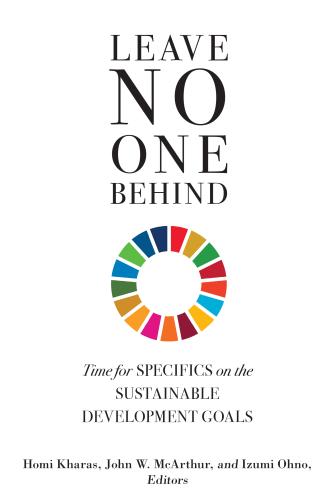
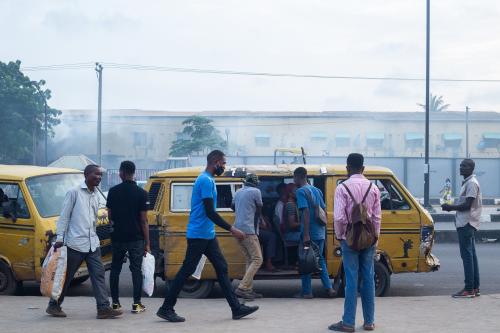
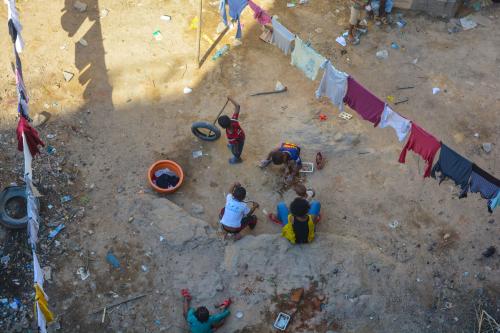
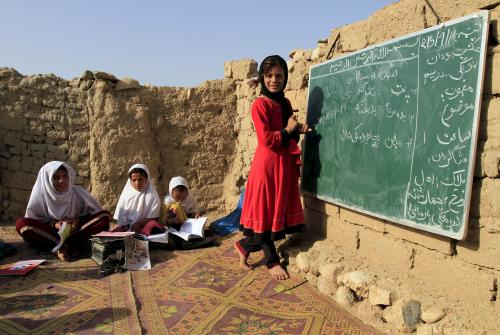





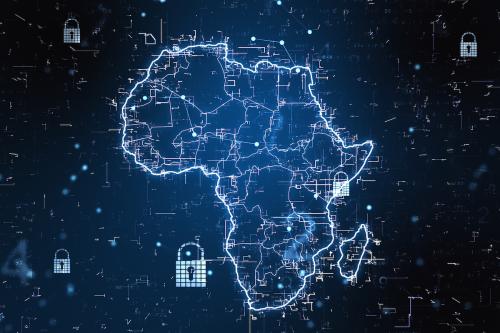
Commentary
How AI-powered poverty maps can increase equity in the COVID-19 response
May 7, 2021